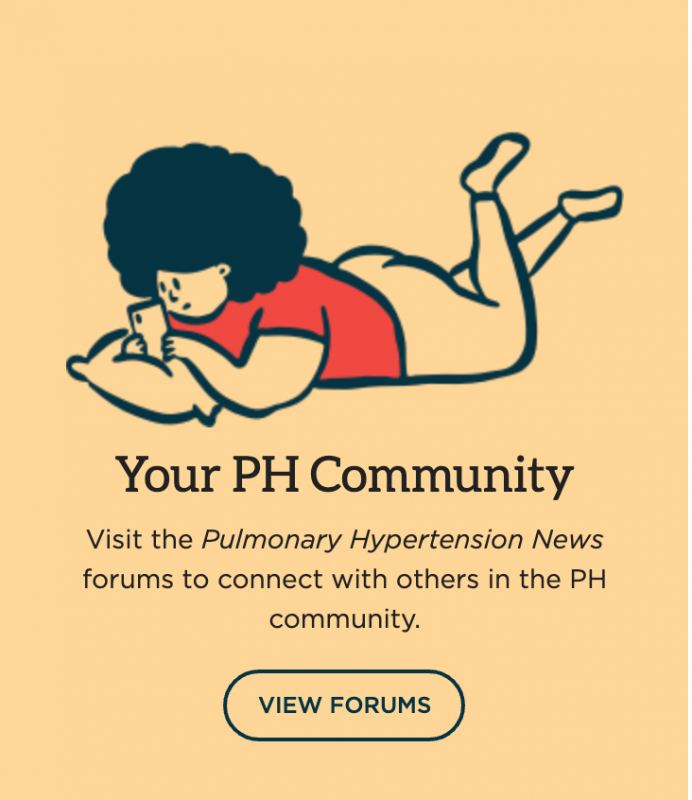Early treatment aids in recovery of boy with chemotherapy-linked PAH
Lung condition resulted from treatment to prepare for stem cell transplant

A 5-year-old boy with a neuroblastoma developed pulmonary arterial hypertension (PAH) after receiving high-dose busulfan to prepare for a stem cell transplant, but diagnosing his condition early and treating it with three lung pressure-lowering medications led to a full recovery.
This treatment approach has significantly increased survival in children with neuroblastoma, a type of cancer that forms from immature nerve cells, but PAH is a potential side effect, according to the case report’s researchers.
“Early recognition and a prompt work-up … are essential to initiate a rescue treatment,” they wrote in “Pulmonary Arterial Hypertension After Busulfan Administration During Conditioning Regimen in Neuroblastoma: Key Role of Rescue Treatment,” which was published in JACC Case Reports.
PAH occurs when the blood vessels that supply the lungs, called pulmonary arteries, become narrow and blood pressure increases. As blood travels under a higher pressure than normal, it becomes more difficult for the right side of heart to pump it to the lungs.
It’s rare, but high-dose chemotherapy can cause PAH in children. In this case, the boy received busulfan and another chemotherapy medication called melphalan before a stem cell transplant for a neuroblastoma, and two months later developed PAH and right-sided heart failure, which means the right side of his heart could not pump blood properly, according to researchers in Italy.
CT scans helped rule out other causes such as blood clots or pulmonary veno-occlusive disease, a rare subtype of pulmonary hypertension marked by progressive obstruction of the small pulmonary veins. On blood tests and an echocardiogram, the boy showed high levels of a biomarker of heart failure called NT-proBNP, along with several signs of PAH in his heart’s structure and function.
Importance of watching for PAH signs after high-dose chemotherapy
A treatment combination that included pulmonary hypertension drugs such as sildenafil (sold as Revatio and generics), oxygen therapy, and a steroid wasn’t effective, and the boy showed signs of low blood pressure, low blood oxygen levels, a fast heart rate, and generalized weakness. He received emergency treatment that included epoprostenol (sold as Veletri, Flolan, and generics) and bosentan (sold as Tracleer and generics). He was also treated with pirfenidone to avoid disease progression through fibrosis (scarring).
A month later, the boy’s blood pressure in his lungs was significantly reduced, and he had better heart function and no signs of fibrosis. He still showed mildly thickened airway walls, however. “Therefore, bosentan was discontinued, while sildenafil as monotherapy was administered for 18 months after bosentan discontinuation,” the investigators wrote.
The boy showed progressive improvement in clinical, laboratory, and imaging results. He completed his neuroblastoma treatment, which included immunotherapy, and his lung function improved. Genetic test results for PH-associated mutations were negative.
This case shows the importance of watching for signs of PAH in children after high-dose chemotherapy with busulfan.
“The prompt start of treatment is a cornerstone for a good outcome in patients with PH [pulmonary hypertension] after [stem cell transplant],” the investigators wrote. “The absence of [coexisting disorders] together with the prompt diagnosis and a timely targeted treatment seems to have played a crucial role for the favorable outcome observed in our patient.”
“Considering the favorable outcome of an aggressive treatment strategy, patients with PH should be promptly identified and referred to specialized centers with expertise in the management of childhood PH,” they wrote.








